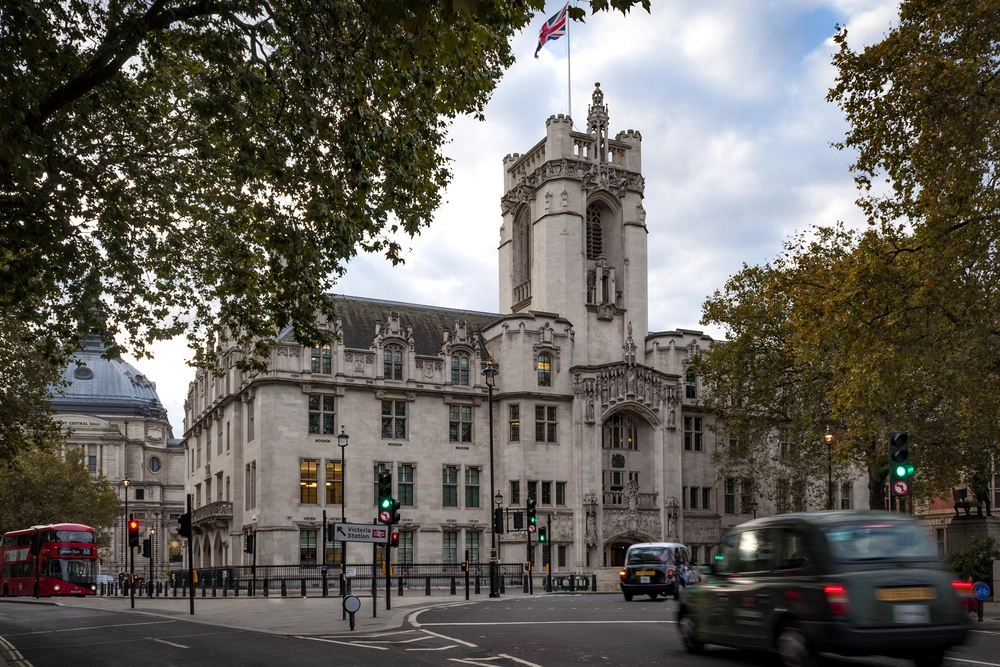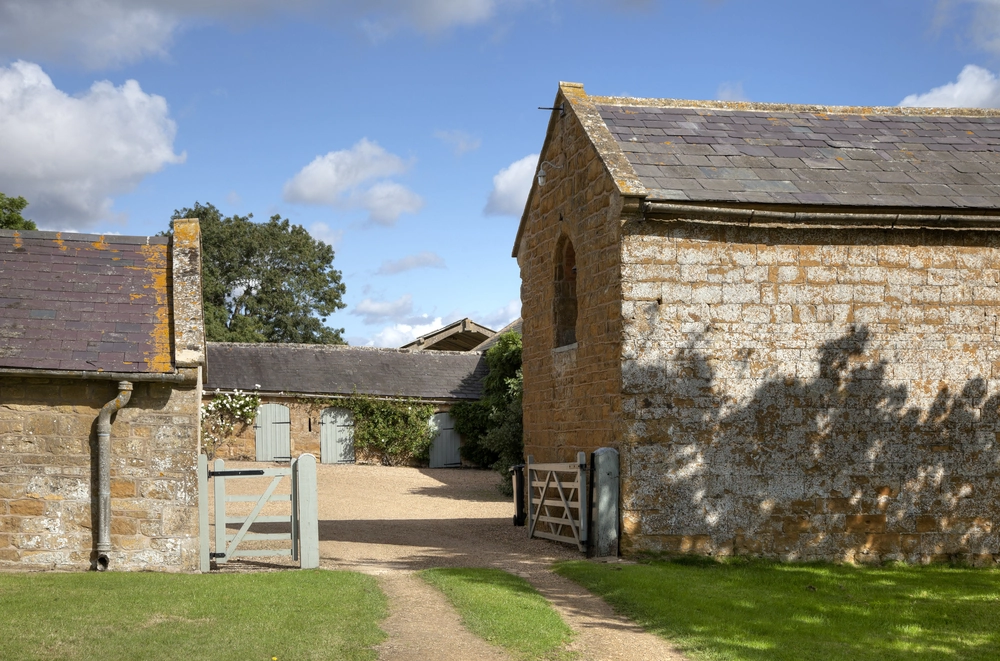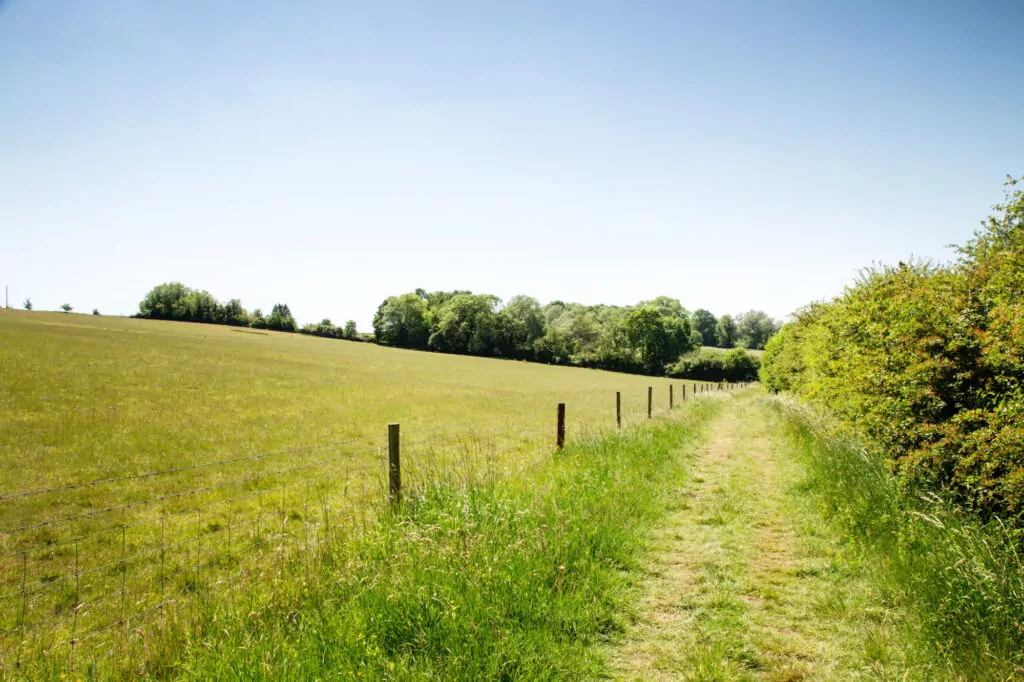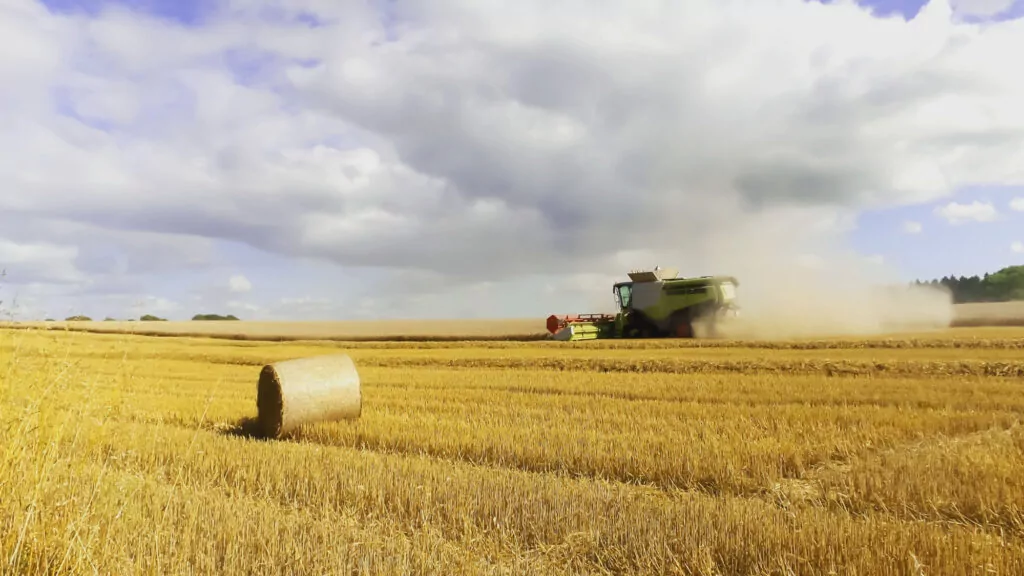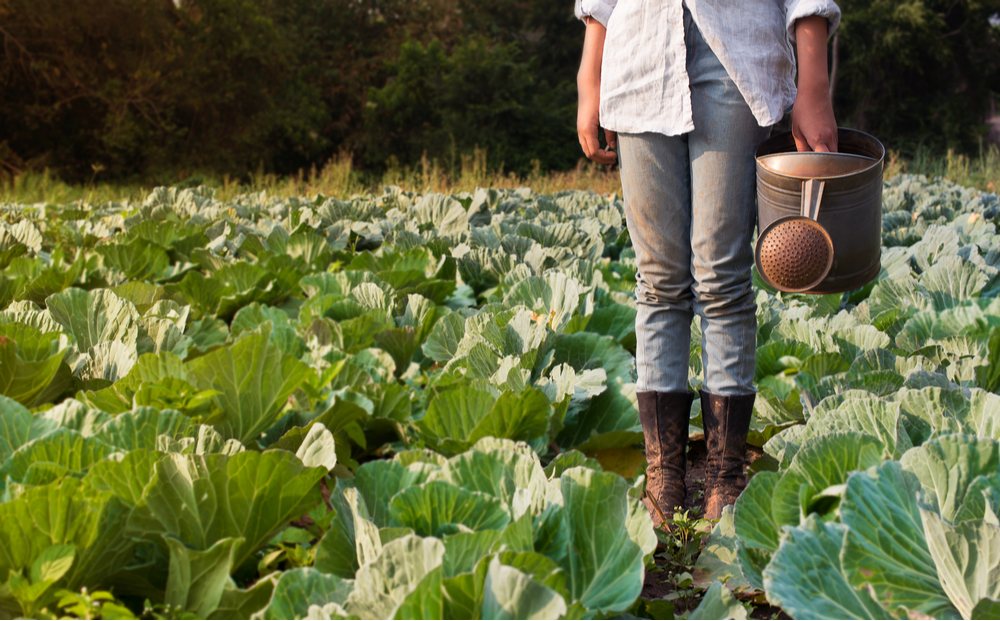
Making the most of natural capital on the farm

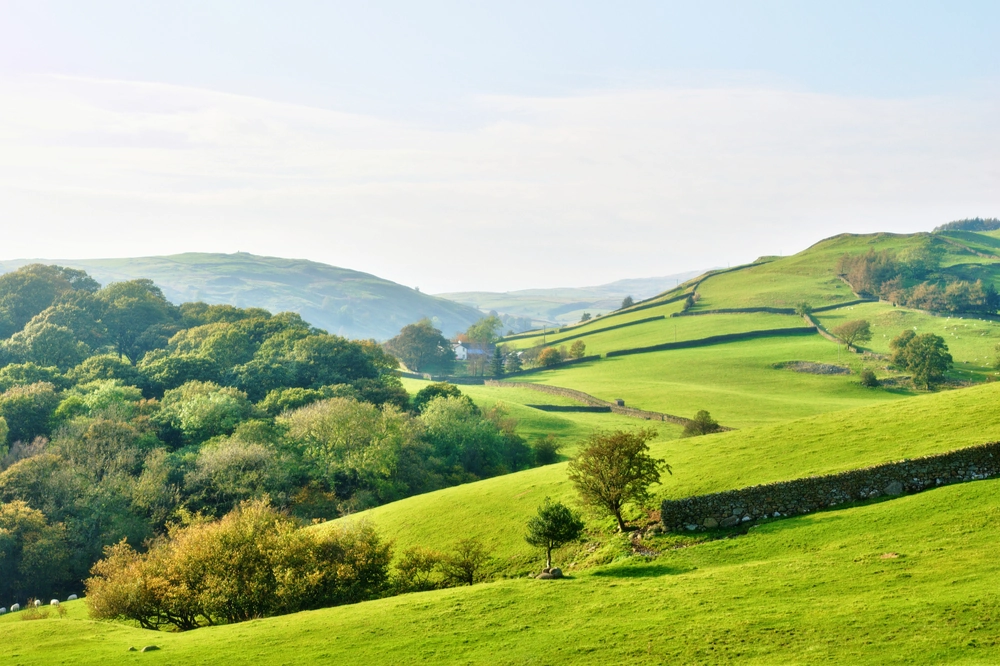
Natural Capital is a key concept which is not set out and defined in legislation, but which is important for understanding how concepts of land value and ownership are shifting as part of the government's new policies.
This week's episode of Experts in the Field, Foot Anstey's regular podcast from the Farms, Estates and Rural Land team at Foot Anstey, discusses Natural Capital and is joined by Julia Pound, Associate Director at Savills, who leads their Natural Capital Services in the South of England.
There is no fixed definition of Natural Capital but, briefly, the term refers to the financial value of the soil, water, air, woodland and other elements of the natural landscape. These things, which support our existence, have a new and urgent importance attributed to them as we come to better understand their role in carbon offsetting or sequestration biodiversity.
Natural Capital accounts seek to take stock of landowner estates via new accounting methods in support of the government's 25-year environmental plan and net zero goals.
Reviewing existing assets through a Natural Capital review or working with land managers to produce an account, may be a helpful exercise for landowners as there are links with existing farm capital and income through the changes in the subsidy regime.
Following the UK's departure from the EU in 2020, BPS payments are being delinked from land ownership and 2022 saw the introduction of the sustainable farming initiative (SFI). The SFI ties payment to environmental outcomes, and there are several categories (such as grassland, or moorland) which are a likely area of overlap with natural capital accounting, where reviewing and understanding their natural capital will assist farmers to achieve higher levels of funding.
Additionally, Natural Capital accounts will also assist farmers with allocating land for nutrient neutrality, or Biodiversity Net Gain. For context, this is referring to the statutory obligations for developers to ensure new developments will be nutrient neutral and contribute to the biodiversity of an area (achieved through neutralising the effect of phosphates into the water supply without offsetting, and to provide a 10% increase in biodiversity on each development). These measures have led to an increased demand for land which can be used to offset the impact of developments, through offsite provision of habitats and mitigation of phosphates and nitrates.
As with any new area there are also potential drawbacks, and some costs landowners should keep in mind. The new regimes are complex, with evolving guidance and some key terms such as 'public good' not yet defined by Government. It will take time and input from landowners to navigate these – advisors will be valuable, but advice will need to be kept under review or updated as more information becomes available.
However, with the continuing war in Ukraine and increased global instability, food security has and will be increasingly important. Improved environmental and conservation outcomes can lead to improved farming outcomes (through quality of water, soil and ecosystems), which it is hoped will assist in bolstering the UK's self-sufficiency over the long term.
A consequence of shifting the focus away from payments linked directly to landownership is the requirement to consider natural resources. Natural Capital encourages long-term thinking about use and laterally about how different areas relate for example, land not suitable for crops may be suitable for biodiversity net-gain, a strip of woodland can be a wildlife corridor. Some measures are more long-term than others – for example rewilding or woodland schemes can take decades to reach maturity.
Our Experts in the Field podcast produced by Foot Anstey explores some of these topics and discusses the current trends in the new markets for offset land, together with some of the opportunities for landowners to review currently held assets. Listen to the podcast here.


